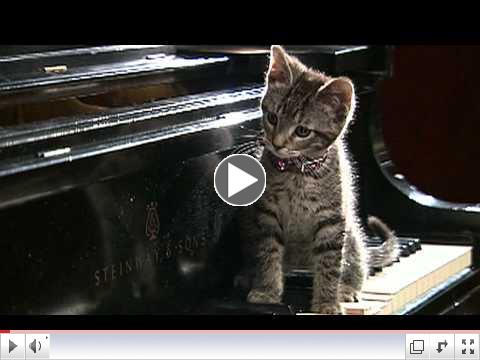|
Happy Cat Month 2011
September is Happy Cat Month! Check out this video created by the American Veterinary Association and the CATalyst Council to help us appreciate and nurture happy cats.
 | | Happy Cat Month 2011 |
The CATalyst Council, a national consortium of animal health and welfare organizations working on behalf of cats, has also published 10 tips for keeping your cats happy. Tips include:
Scratch the surface. Cats should have places they are allowed to stretch and care for their claws. Scratching is an important aspect of feline behavior. Providing a long and sturdy scratching post in a vertical, horizontal or angled position is a good way to keep your cat happy ... and your sofa, too!
Work for food. Feline obesity is a huge problem in this country, and one way to combat it is for owners to make their cats work for their food. Food toys are available to channel a cat's natural hunting drive and release kibble in small amounts. Another option is to hide a cat's food in different places so that they have to find it. Working for food makes a cat happy because it's great physical and mental exercise.
Get your cat acclimated to the carrier. Many cat owners find that the worst part about taking their cats anywhere is getting cats into their carriers. Owners should work with their cat on making their carrier a safe, secure, and inviting place to be prior to veterinary visits or family vacations.
Provide prey toys. One of the easiest ways to make a cat happy is with a new prey toy. Cats are natural hunters and love chasing, pouncing, leaping, swatting and stalking prey, even when it's not the real thing. There are many types of prey toys available on the market; with a little creativity, owners can even make their own out of common household items.
Read more tips
|